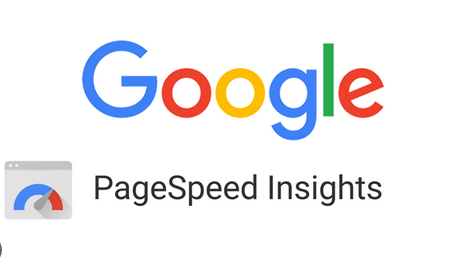In today’s fast-paced digital world, website speed and performance play a crucial role in delivering a seamless user experience. Users expect websites to load quickly, and search engines like Google consider page speed as a significant factor when determining search rankings. This is where Google PageSpeed Insights comes into play. In this article, we will explore the importance of Google PageSpeed Insights, its impact on website performance, and provide actionable tips to enhance your website’s speed and optimization.
Contents
Understanding Google PageSpeed Insights
Google PageSpeed Insights is a powerful tool provided by Google that measures the performance of your website on both desktop and mobile devices. It analyzes various factors, including page load time, mobile responsiveness, server response time, and more. The tool provides valuable insights and recommendations to help you optimize your website for better speed and user experience.
Read: The Power of Website Analytics and Tracking
Why Does PageSpeed Matter?
Website visitors have little patience for slow-loading websites. Studies have shown that users are more likely to abandon a site if it takes more than a few seconds to load. A fast-loading website ensures a positive user experience, reduces bounce rates, and increases user engagement.
Page speed is also an important ranking factor for search engines, including Google. Search engines aim to provide the best user experience, and websites with faster loading times are often favored in search results. By optimizing your website’s speed, you improve its chances of ranking higher in search engine results pages (SERPs).
Lastly, slow-loading websites not only frustrate users but also negatively impact conversion rates. Whether it’s an e-commerce website or a lead generation site, a faster website can significantly improve conversion rates. By providing a smooth and fast user experience, visitors are more likely to complete desired actions, such as making a purchase or submitting a form.
How to Improve Your Website’s Performance
Now that we understand the importance of website performance, let’s explore some practical tips to optimize your website and achieve better results on Google PageSpeed Insights:
Optimize Image Size and Format
Images often contribute to the largest portion of a webpage’s file size. Compressing and optimizing images can significantly reduce loading times. Consider resizing images to the appropriate dimensions, compressing them without compromising quality, and using modern image formats such as WebP, which provide better compression without sacrificing visual fidelity.
Enable Browser Caching
Leveraging browser caching allows returning visitors to load your website faster by storing certain files locally. By specifying expiration dates or maximum age headers for static resources, you can instruct browsers to cache these files, reducing the number of requests made to your server and improving load times for subsequent visits.
Minify CSS and JavaScript
Minification involves removing unnecessary characters, whitespace, and comments from CSS and JavaScript files. Smaller file sizes result in faster downloads and improved rendering times. Various online tools and plugins can automatically minify your code, ensuring optimized delivery to users’ browsers.
Utilize Content Delivery Networks (CDNs)
Content Delivery Networks (CDNs) help distribute your website’s static content across multiple servers worldwide. By storing cached versions of your website closer to users, CDNs reduce the distance and time it takes for data to travel. This improves load times and enhances the overall performance of your website.
Optimize Server Response Time
Server response time is a critical factor in website performance. Ensure that your hosting environment is properly configured, and your server response time is optimized. Consider using a reputable hosting provider that offers fast and reliable servers to minimize response times.
Implement Lazy Loading
Lazy loading is a technique that defers the loading of non-critical resources, such as images or videos, until they are needed. By implementing lazy loading, you can prioritize the loading of above-the-fold content, improving initial page load times without sacrificing the availability of additional media content.
Read: Common Technical SEO Mistakes To Avoid
Conclusion
In today’s digital landscape, website speed and performance are essential for delivering an exceptional user experience and improving your online visibility. Google PageSpeed Insights provides valuable insights into your website’s performance and offers actionable recommendations to enhance its speed and optimization.
By implementing the tips mentioned in this article, such as optimizing images, enabling browser caching, minifying CSS and JavaScript, leveraging CDNs, optimizing server response time, and implementing lazy loading, you can significantly improve your website’s performance, rank higher in search results, and increase user engagement and conversions.
Remember, optimizing your website for speed is an ongoing process. Regularly monitor your website’s performance using tools like Google PageSpeed Insights, and continue refining and optimizing to ensure an optimal user experience.



